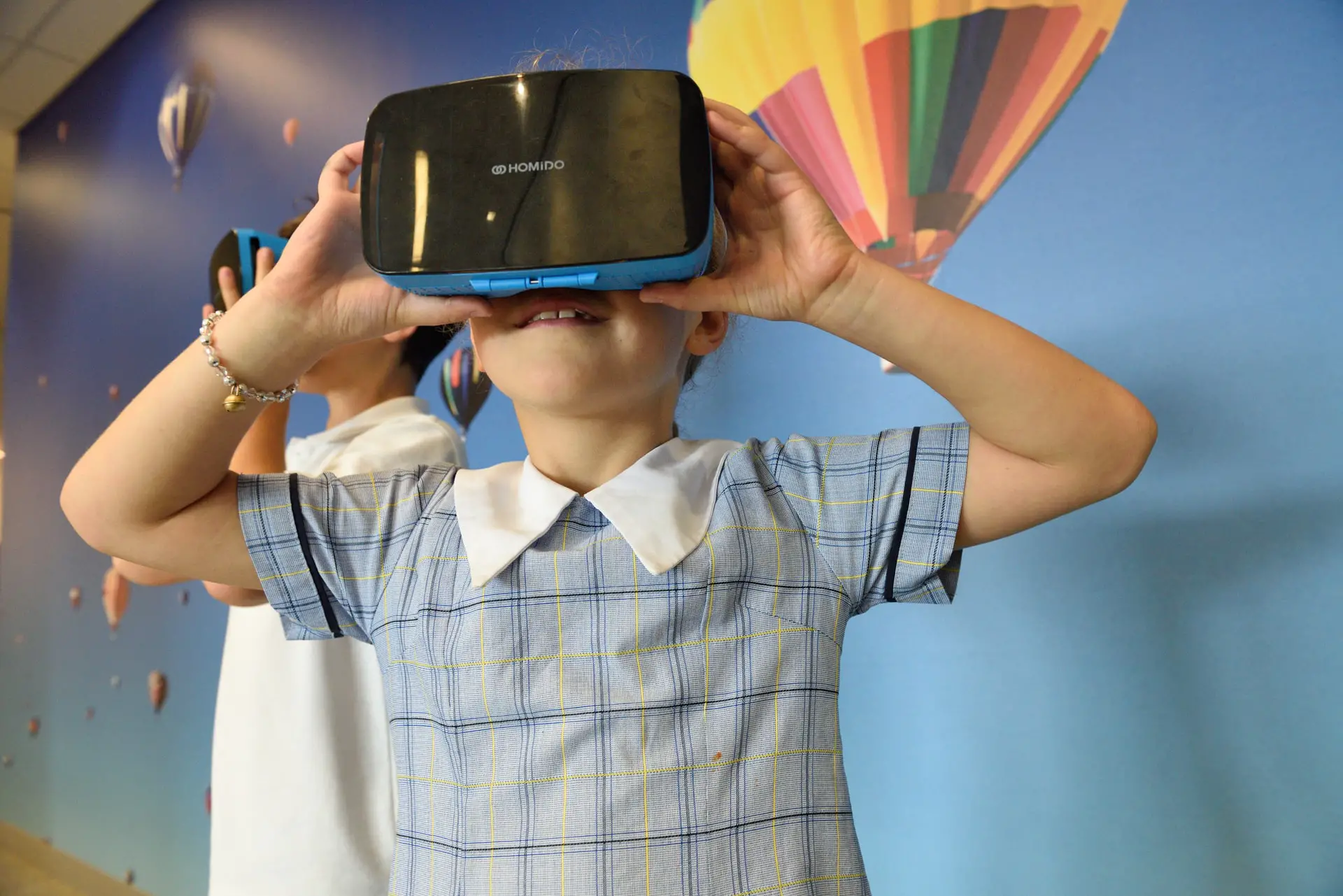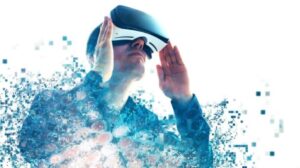Now, more than ever, schools need to make innovative changes in their teaching methodologies. Powerpoint has always been the staple go-to for presentations. Although it was efficient and effective, it is time to incorporate other methods like interactive learning through Augmented Reality (AR) and Virtual Reality (VR). As the world of technology and education is evolving, necessary changes like these are also required to ensure that the students receive the best possible education.
What is Augmented Reality?
Augmented reality makes use of the existing environment around it, where existing objects are enhanced by computer-generated information such as animation. Technically, it is an interactive experience that levels up the real-life scenes. Since you do not need any specific device to display it, schools and other educational institutions do not need to invest in any hardware. Just take your smartphone camera and place it in front of your textbook, and your boring 2D textbook will convert into a 3D animation. This way, the concept of learning becomes much more exciting and engaging for the students.
What is Virtual Reality?
Unlike AR, Virtual Reality needs a simulated environment. Contrary to its name, it is actually more realistic than Augmented Reality. However, the investment that comes with this technology is steep and expensive. This is because, in order to utilize VR, you need to have a VR headset dedicated to running the application. VR allows a 360-degree look at any content and transforms it into an almost realistic world where the students can be part of that particular virtual setting. Since there are fewer distractions and more interactions involved in VR learning, students can concentrate better and boost productivity.
Advantages of Augmented Reality and Virtual Reality for Schools and Other Educational Organizations
One of the main goals of an educator is to ensure that their learning methods are effective and engaging. With new technologies like AR and VR, that is easily achievable.
Now, teachers can simultaneously promote multi-sensory experiences for their students and encourage kinesthetic learning. Both AR and VR also help in breaking the boundaries of teaching challenging topics. This makes teaching convenient for the educators as instead of trying to engage the students every single time, the students can travel virtually to experience a combination of the real and virtual world. Through contextualized learning, teachers can bring the Egyptian Pyramids, the Eiffel Tower, or even the Statue of Liberty virtually to all their students, ensuring maximum possible engagement and interaction.
Advantages of AR and VR to the Learner
With the use of AR and VR, students can have a better understanding of the theoretical concepts and lessons because they get to experience and feel it at the same time. They do not have to rely on reading and listening to understand a concept. Since the process of learning is interactive and more fun, learners take the time to understand and study their lessons thoroughly. These technologies are applicable to students of all ages. They promote minimum distractions while learning, and let the students review the subject matter as many times as needed.
The Future of Teaching and Learning
Although it started as a dream, today, augmented reality and virtual reality have taken their rightful place in the educational system. It provides a win-win situation for the school, teachers, parents, and students. These latest technology trends are the most practical and collaborative way to teach and learn where the results are equally promising and more productive.
Follow us on LinkedIn
Read other Articles





